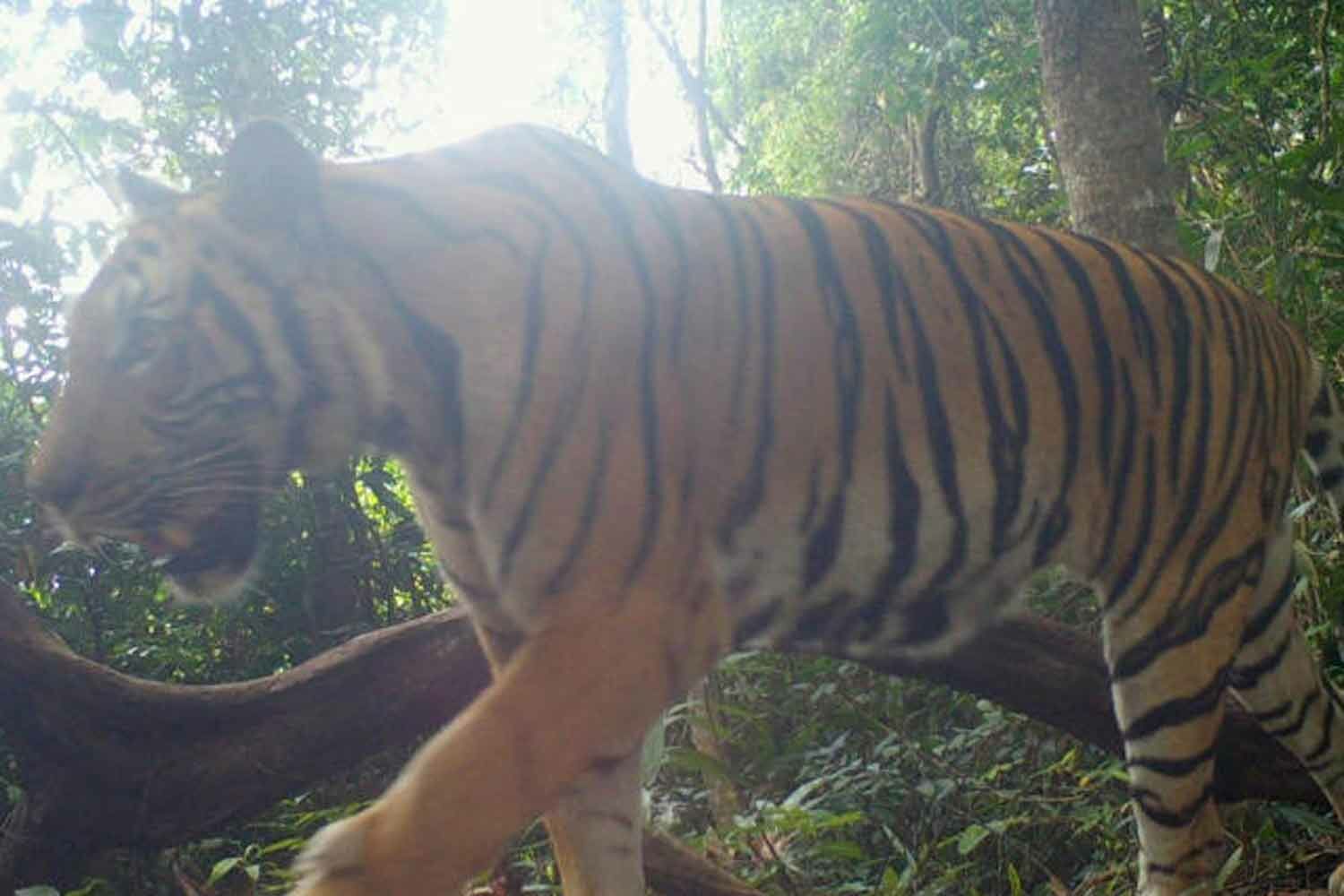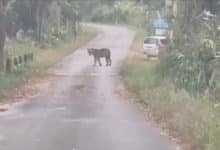Thailand emerges as Southeast Asia’s leader in tiger conservation

Thailand is now recognised as a leader in Southeast Asia’s efforts to protect wild tigers, a development that the government has warmly welcomed.
This recognition follows Thailand’s significant success in conserving royal tigers (Panthera tigris), which has led to a noteworthy increase in their population. According to government spokesman Chai Wacharonke, the estimated number of adult royal tigers in Thailand has risen to between 179 and 223, marking an increase of about 149 from the figures reported in 2022. These numbers, provided by the Natural Resources and Environment Ministry, were shared yesterday.
These achievements were highlighted at the Sustainable Finance for Tiger Landscapes Conference held in Paro, Bhutan, where Thailand was praised for its leadership in tiger conservation, Chai said.
“The increase in royal tiger numbers in Thailand is also an indicator of how good the country’s ecosystem is.”
Thailand’s accomplishments have been cited as a model for tiger conservation in other countries. Prime Minister Srettha Thavisin expressed gratitude to all parties involved in the country’s conservation efforts, added Chai.
“The PM believes Thailand will continue to succeed while improving its tiger conservation work to become a strong leader in this field and set the bar for royal tiger conservation in the region.”
The surge in the royal tiger population is a result of the government’s second national operation plan, initiated in 2022 and set to continue until 2034. Chai outlined three key objectives within this plan.
Firstly, forest and wildlife protection standards in the Western Forest Complex (Wefcom) will be maintained and elevated. Wefcom spans approximately 18,000 square kilometres and extends to the Myanmar border along the Tennaserim Range.
Secondly, the government aims to enhance its capacity to monitor the actual royal tiger population in the Dong Phayayen–Khao Yai Forest Complex, a UNESCO World Heritage site, through ongoing improvements in forest protection efforts, reported Bangkok Post.
Lastly, the plan seeks to boost the royal tiger population within the Kaeng Krachan, Phu Khieo-Nam Nao, and Khlong Saeng-Khao Sok forest complexes.
Latest Thailand News
Follow The Thaiger on Google News:


























